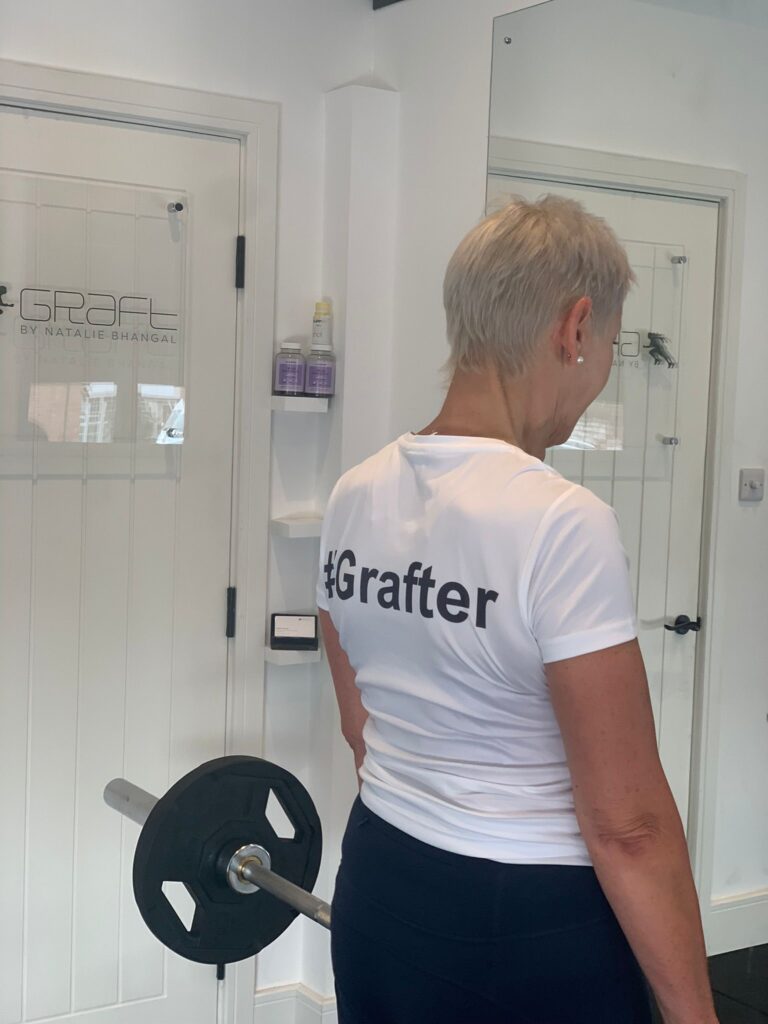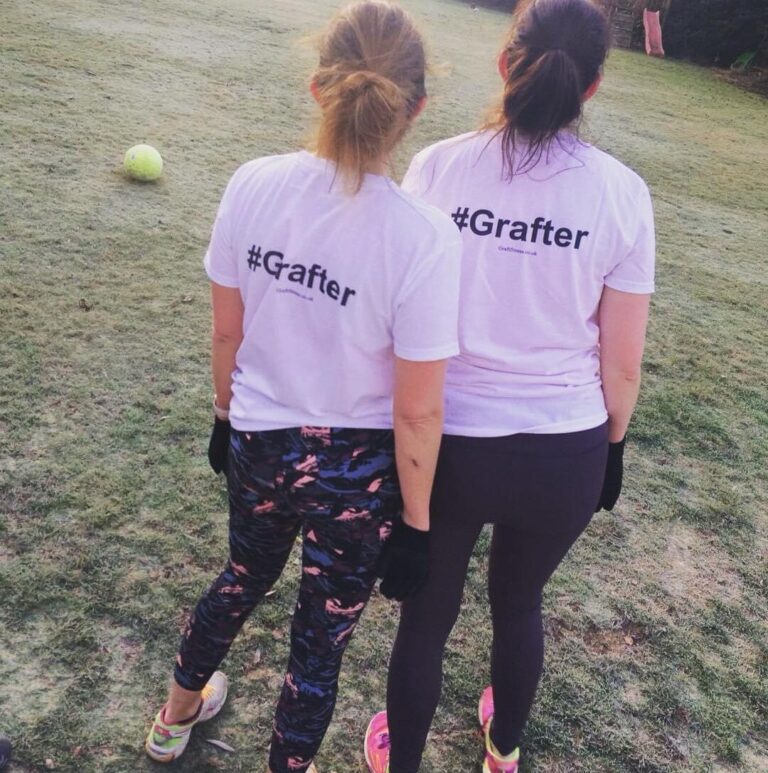
TESTOSTERONE
Testosterone is an essential part of your hormone balance. Too little or too much can affect you but it can present itself in different ways. In my case my levels are too high.
Hormone levels change from day to day. Factors that affect them include your nutrition, your exercise, your sleep and your day-to-day tasks.
After my periods disappeared years ago and I was told I had PCOS, I was intrigued as to what can influence your hormone levels, and what can negatively and positively impact them. During this time and in the midst of having many blood tests one result that came back (although without much feedback or what I need to do!) was that my testosterone was through the roof compared to an average woman. I’m now very skeptical about “norms”. We’re all born as individuals so you cannot compare but unfortunately it was dismissed and I was pretty much left to try and work it all out for myself.
Naturally, I am a sprinter. I’ve always been a lot better at power speed, short distance, and that’s where my passion started with exercise. But for me, power speed-based training had a negative effect on my hormones and testosterone levels. How did I find this out? When I started training with this type of power my skin blew up with acne and my periods disappeared. Not only did this happen but my hair started thinning. It also played havoc with my anxiety and my mental health too.
Ladies remember imbalanced hormones can massively affect your mental health.
That’s not to say that power and speed training is not for everyone. I know some women who are not affected by changes in their training and menstruation.
What sprinting, lifting heavy and power work does?
A study published in the Journal of Endocrinological Investigation found that sprinting and power, strength focused training can increase testosterone levels in men and women by up to 26%. The study also found that sprinting can increase the release of human growth hormone (HGH), which is another hormone that is important for muscle growth and fat burning. A lot of this depends on your biochemistry and predisposition to what you are genetically built for.
So what did I do? I started lowering my heart rate in sessions and upping the number of reps whilst lowering my weights. It was boring at first. I also got consistency in there – this is key for your hormones.
Things to consider If you have had disappearing periods around your training and high testosterone levels:
- Are you training too much?
- Are you training at the wrong point in your cycle
- What is your consumption of calories?
- Are you training too hard? (you shouldn’t be. Remember you can’t train hard every day!)
Things to do if you have high growth hormone that’s too high:
- Lower heart rate and lengthen time (ie do some lighter cardio)
- Lower weights and lengthen reps
- Train consistently
Symptoms of high testosterone in women:
- Bad skin
- Irregular periods
- Hair loss
- Excess hair on face
Symptoms of low testosterone in women:
- Lack of strength/energy
- Change or deepening of voice
- Vaginal dryness
- Depression/anxiety
- Hair thinning
Foods to help increase your testosterone:
- Leafy greens
- Pomegranates
- Oily fish
- Onions
- Extra virgin olive oil
Look after you and keep grafting! 👊🏻👊🏻👊🏻👊🏻
Natalie Bhangal is a personal trainer who has a passion for health, fitness and strength training. She trains beginners, athletes, pregnant and postnatal women, those with injuries and injury prone clients. For more information email natalie@graftfitness.co.uk

IT'S TIME TO GET YOUR #GRAFT ON!
Our exclusive range of Graft fitness clothing is designed to be functional and is manufactured using the latest technical fabrics. Once you get them on, you’ll instantly feel part of the #graft movement and be ready to tackle anything, including one of my fitness sessions!


